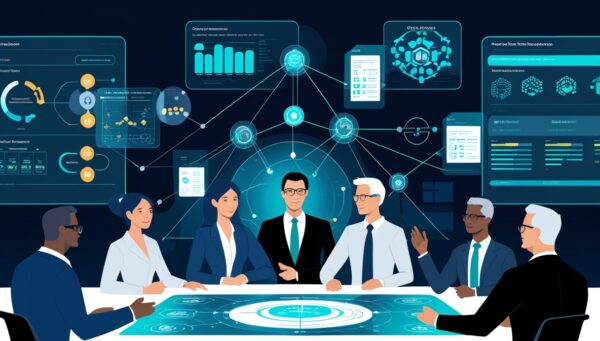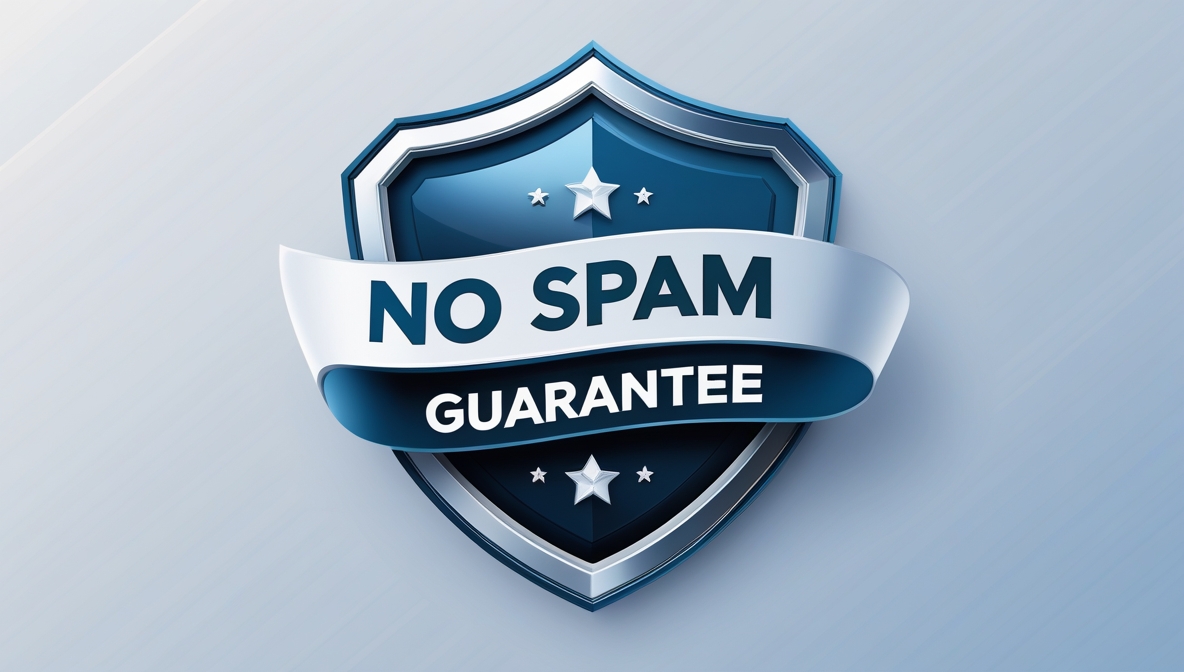This Business-First Modernization Framework is a structured, field-tested operating model designed to help senior IT and business leaders modernize essential services with lasting impact. It guides organizations in aligning modernization efforts directly with business priorities, strengthening governance, and embedding a continuous discipline of improvement across people, processes, data, and technology.
This framework is distinguished by its people-centered, business-led approach. It places customer experience, employee engagement, and leadership commitment at the heart of modernization. It establishes robust governance structures and formal accountability mechanisms to ensure decisions stay tied to mission outcomes. It advances modernization as a sustained operating practice, anchored by defined cycles of assessment, planning, execution, and ongoing renewal.
Organizations applying this framework gain a clear path to creating tangible, business-driven deliverables — including modernization action plans, IT architecture visions, data governance strategies, and resourcing models — supported by practical checklists and structured decision guides at every phase.
Built on proven public sector and enterprise practices, and informed by standards such as secure-by-design principles, data privacy governance, agile methodologies, and customer journey mapping, this framework reflects real-world operational needs. It helps leaders navigate modernization challenges tied to technical debt, long-term costs, evolving customer expectations, and the resilience required for mission-critical services.
This Business-First Modernization Framework will help you...
The Business-First Modernization Framework gives leaders a disciplined way to modernize services while ensuring every decision and investment ties back to business outcomes. Each core component of the framework is built to drive specific deliverables and guide high-value decisions.
- Put people first: The framework begins by focusing on leadership commitment, customer experience, and employee journeys. This helps you define clear modernization priorities, secure executive sponsorship, and develop organizational change management plans that document how to build buy-in and reduce adoption risks.
- Establish robust governance: You’ll create formal IT governance charters and steering committee structures that clarify roles, decision rights, and escalation paths. This directly supports decisions on modernization investments, resource allocation, and project sequencing.
- Map current state and business pain points: By documenting processes, data needs, existing application architectures, and spending, you’ll produce business process maps, IT spend assessments, and data inventories. These artifacts allow you to identify which legacy systems to prioritize and where modernization delivers the greatest business impact.
- Define a future vision tied to business outcomes: Through customer journey maps, future-state architecture visions, and data governance plans, you’ll make decisions on new service models, technology standards, and integrations needed to meet mission objectives.
- Conduct structured gap analysis: The framework leads you to systematically compare current capabilities with future needs, resulting in technology gap analyses, resource plans, and data gap assessments. This enables clear prioritization of projects and staffing strategies.
- Build a modernization action plan: Using all prior deliverables, you’ll develop a multi-year roadmap that links specific initiatives to business goals, identifies required integrations, plans for decommissioning legacy systems, and outlines talent strategies. This becomes the blueprint for sustained modernization.
- Embed a continuous operating discipline: By incorporating periodic review cycles and sustainment assessments, you’ll establish a cadence to revisit decisions, refresh technology roadmaps, and ensure evolving business needs continue to drive modernization investments.
Through this structured approach, the framework turns high-level modernization ambitions into practical, documented plans and informed decisions that strengthen essential services and support long-term organizational goals.
This Business-First Modernization Framework equips organizations to modernize essential services through a people-centered, business-led, and governance-driven approach. It provides a disciplined structure to translate strategy into action — guiding leaders in creating tangible plans, making accountable decisions, and sustaining modernization as an operating norm that keeps technology aligned with mission outcomes.


